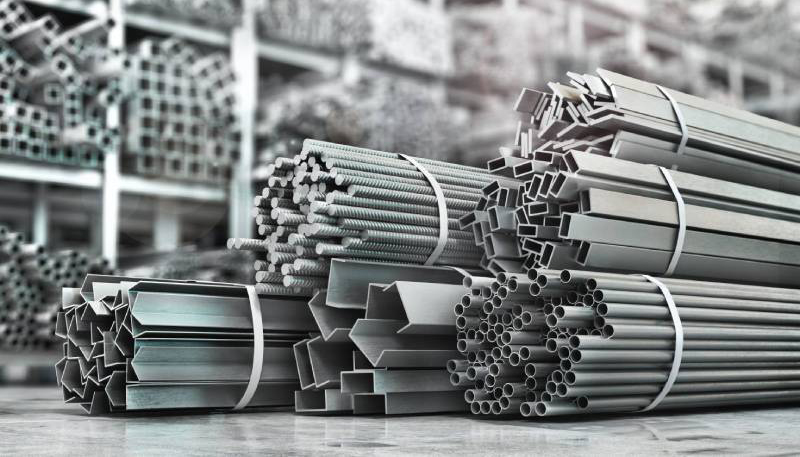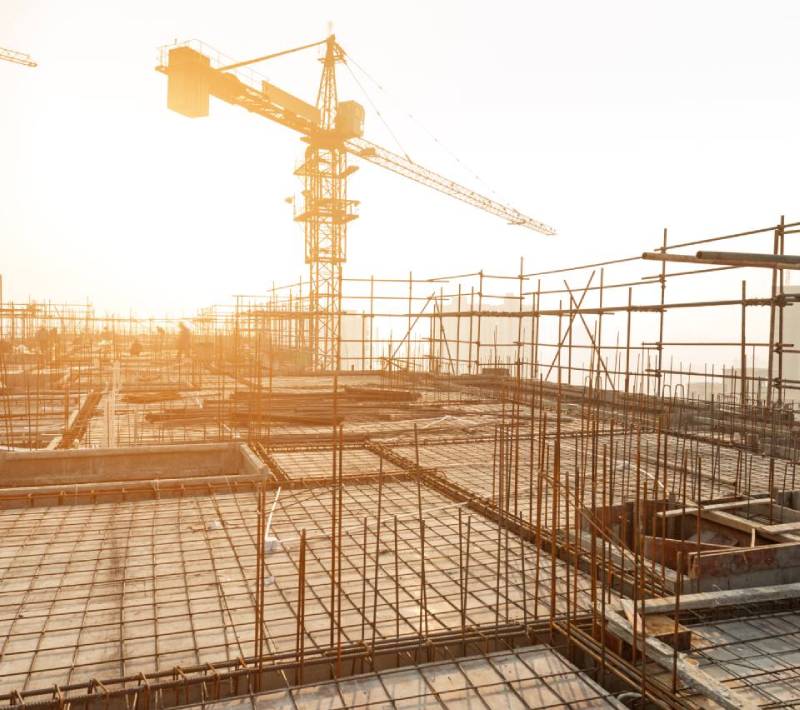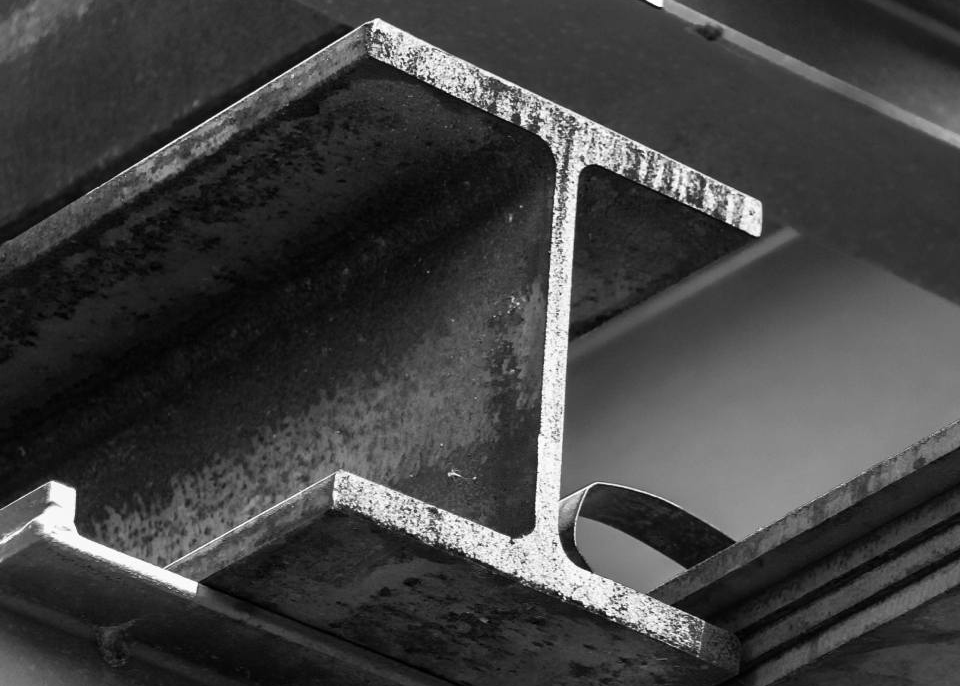Reinforcement Steel
- Products & Services
- Solutions and Tools
- Choosing the best materials for construction
- Reinforcement Steel
Reinforced concrete is a concrete that has been strengthened with steel. The tensile strength of concrete is very low i.e.10% of its compressive strength. Therefore to increase the tensile strength of concrete, steel reinforcement is introduced in concrete at locations where tensile forces are anticipated.

How to select steel reinforcement?
The reinforcement should conform to the specifications of IS 1786. It is recommended to use branded reinforcement from reputed manufacturers. The brand name is generally embossed on every 1m length of the bar.
Thermo Mechanically Treated (TMT) bars are superior to Cold Twisted Deformed (CTD) bars and hence should be preferred. TMT steel is not only stronger but resists corrosion better and as a result improves the durability of concrete.

What are cover and cover block?
In order to protect the steel reinforcement from corrosion, the reinforcement bar is embedded in concrete under a specified minimum thickness of concrete, and this thickness is known as cover (concrete cover). Proper cover to reinforcement is ensured by inserting cement rich, impervious mortar blocks of specified size, known as cover blocks between the reinforcement and shuttering face. IS 456 (2000) has specified following minimum cover for different structural members:
Footings |
50mm |
Columns |
25mm (For column size up to 200mm)
|
Beams |
25mm |
Slab |
15mm |

Laps in Reinforcing Steel
Reinforcing bars are available for finite length and whenever, in a structure, there is a need to provide a joint in the bar, it is done by providing an overlapping (commonly referred to as lap splice) of the bars.
-
The length of the lap depends on the diameter of the reinforcement bar, type of steel and grade of concrete being used. As a thumb-rule the lap length should not be less than 50 times the diameter of the reinforcement bar
-
Since lapping of bars causes congestion and may prevent free flow of concrete around it, it is recommended that the laps in bars should not be provided at the same location but should be staggered.





